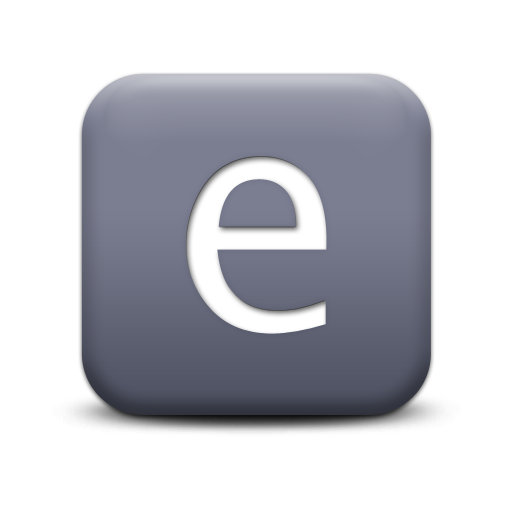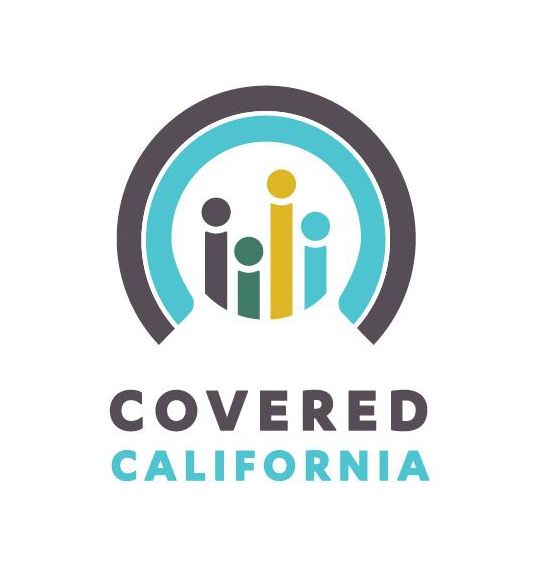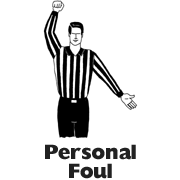Department of Labor: Insurance Exchange Notice to Employees
Today’s blog post is about the insurance exchange notices that need to go out to employees of nearly all employer groups in the United States. The Department of Labor is calling this correspondence the “model notice.” It contains information about the upcoming health insurance marketplaces.
There are provisions in the healthcare reform bill that were designed to expand coverage and access beginning in 2014. Some of these provisions included the establishment of what are called state health insurance exchanges (or marketplaces). With these exchanges, premium tax-credits may assist qualified individuals or families in the payment of their health insurance premiums. As such, employers need to distribute notices to their employees about the coverage options available through the new marketplaces.
On January 1st, 2014 individuals and employees of small businesses will have access to a new individual private competitive health insurance market – the Health Insurance Marketplace. This marketplace will provide a “one stop shop” to find and compare private health insurance options. Open enrollment for the new health insurance exchanges begins on October 1st, 2013.

Section 1512 of the Affordable Care Act creates a new Fair Labor Standards Act (FLSA) section 18B requiring a notice to employees of coverage options available through the Marketplace. You can find copies of the approved “model notices” here:
- Department of Labor “model notice” for employers that are currently offering health insurance coverage.
- Department of Labor “model notice” for employers that are not currently offering health insurance coverage.
Which employers must provide notice?
The FLSA section 18B requirement to provide a notice to employees of coverage options applies to employers to which the FLSA applies. In general, the FLSA applies to employers that employ one or more employees who are engaged in, or produce goods for, interstate commerce. For most firms, a test of not less than $500,000 in annual dollar volume of business applies. The FLSA also specifically covers the following entities: hospitals; institutions primarily engaged in the care of the sick, the aged, mentally ill, or disabled who reside on the premises; schools for children who are mentally or physically disabled or gifted; preschools, elementary and secondary schools, and institutions of higher education; and federal, state and local government agencies.
Which employees do I provide notice to?
Employers must provide a notice of coverage options to each employee, regardless of plan enrollment status (if applicable) or of part-time or full-time status. Employers are not required to provide a separate notice to dependents or other individuals who are or may become eligible for coverage under the plan but who are not employees.
When does the notice need to go out to employees?
With respect to employees who are current employees before October 1, 2013, employers are required to provide the notice no later than October 1, 2013. The notice is required to be provided automatically, free of charge. Employers are required to provide the notice to each new employee at the time of hiring beginning October 1, 2013. For 2014, the Department of Labor will consider a notice to be provided at the time of hiring, if the notice is provided within 14 days of an employee’s start date.
Again, you can find copies of the approved “model notices” here. There are two of them. One is for employers that are currently offering health insurance coverage, and one is for employers that are not currently providing health insurance coverage:
- Department of Labor “model notice” for employers that are currently offering health insurance coverage.
- Department of Labor “model notice” for employers that are not currently offering health insurance coverage.
Thanks for stopping by, we hope you found our information to be valuable. Check back at our blog to get further information about funding healthcare. Also, please share with your friends, clients, colleagues, and family. Here are a few of our other information outlets:
Home Page: https://policyadvantage.com
Twitter: http://www.twitter.com/PolicyAdvantage
Facebook: http://www.facebook.com/PolicyAdvantage
YouTube: http://www.youtube.com/PolicyAdvantage
Pinterest: http://www.pinterest.com/PolicyAdvantage
Word Press: http://www.policyadvantage.wordpress.com





